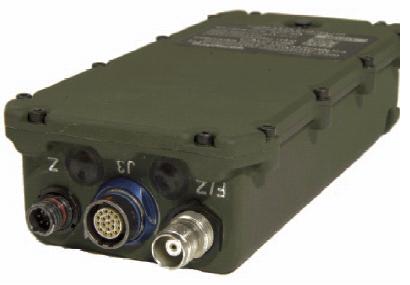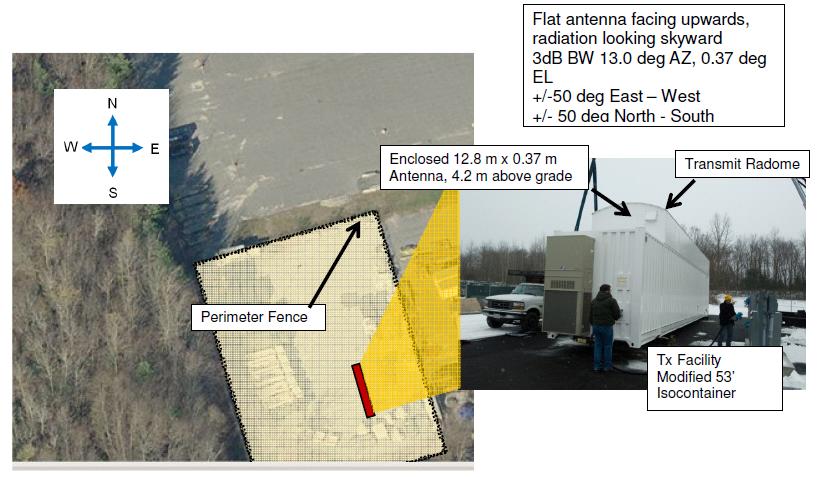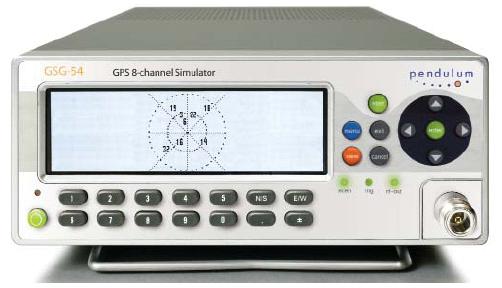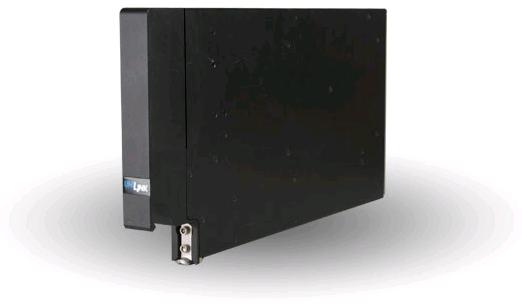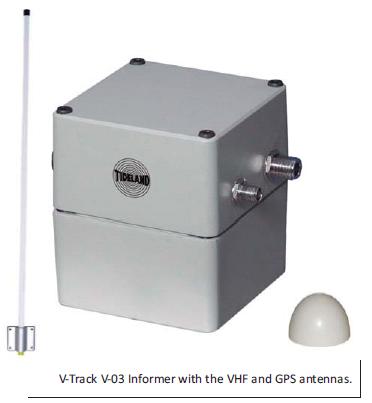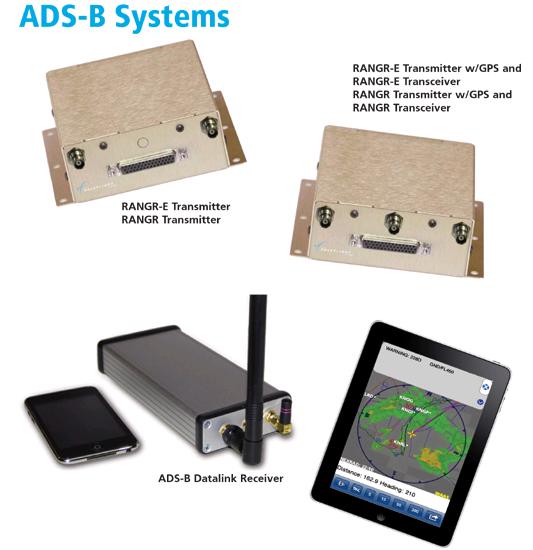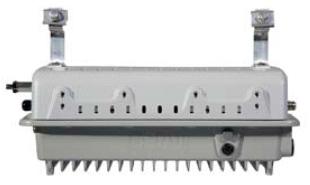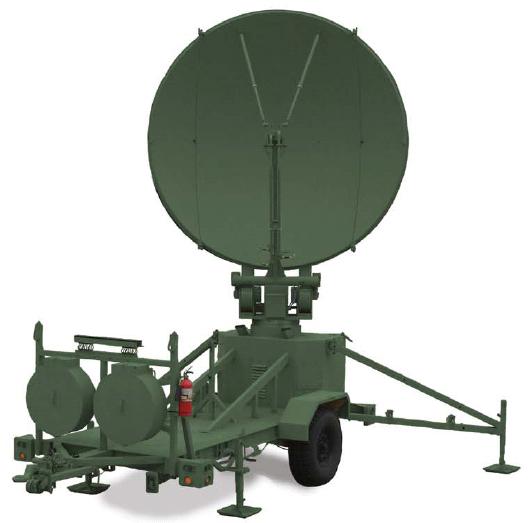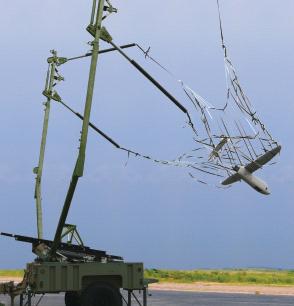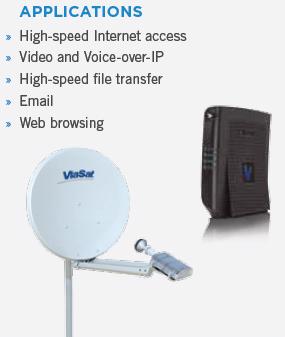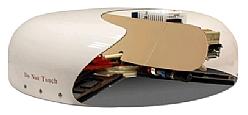This summarizes a selection of applications for the Experimental Radio Service received by the FCC during September 2010. These are related to radar, military communications, ad hoc networks, GPS, avionics, WiMAX, maritime identification systems, TETRA, public safety, land mobile interoperability, prison cellphone management, air-ground radiotelephone service, picocells for cable systems, transportable satellite antennas, unmanned aircraft systems, consumer satellite terminals, and low-profile satellite antennas.
- Northrop Grumman filed an application for special temporary authority in support of airborne experimental testing of the STARLite Tactical Radar System a small, lightweight (65 pounds) radar used for tactical reconnaissance by Unmanned Aerial Systems. Transmissions will be between 16.2 to 17.3 GHz. The radar has three modes: Synthetic Aperture Radar (SAR), Ground Moving Target Indicator (GMTI), and Maritime Moving Target Indicator. In the SAR mode, the radar imagery can be one of three forms: parallel to the aircraft flight vector, along a specified ground path independent of the aircraft flight path, or a higher-resolution spot image. In the GMTI mode, the radar provides moving target locations overlaid on a digital map. The MMTI mode performs a similar function for targets over water.
- DRS Tactical Systems, a supplier of rugged computer equipment for military environments, filed an application (with supporting exhibit) for experimental license to test a mobile radio gateway. In the test, the mobile node will be a High Mobility Multipurpose Wheeled Vehicle (Humvee) with a mast. Equipment will be Harris model RF-7800W-OU440 broadband Ethernet radios attached to a DRS gateway system. This system is intended aid military and commercial entities by providing complex gateway functionality while in motion. Operation will be on 4.94-4.99 GHz.
- Raytheon Network Centric Systems filed an application (with supporting exhibit) for special temporary authority to operate on 420-450 MHz to demonstrate a communications system that can be used without infrastructure: for example, in times of natural disaster. The system uses the company’s MicroLight RT 1922 software-defined radio in mobile units. It acts as a repeater to route communications through the network.
- Raytheon IDS filed an application (with supporting exhibit) for experimental license to operate on 3101-3399 MHz to test a prototype radar system. The system will use either pulsed Linear FM (LFM) 100 KHz, pulsed LFM 300 KHz, or pulsed unmodulated carriers.
- SpectraCom filed an application (with supporting exhibits) for experimental license to operate a GPS simulator on 1575.42 MHz. This is to test GPS receivers. The testing will use the company’s own 8-channel GPS simulator. The signal is to be transmitted indoors-only and the applicant intends to meet NTIA emission limits on devices that radiate GPS signals (Section 8.3.28 of the Manual of Regulations and Procedures for Federal Radio Frequency Management).
- Universal Avionics Systems filed an application (with supporting exhibits) for experimental license to flight-test its UniLink UL-801, an Aircraft Communications Addressing and Reporting System (ACARS) Communication Management Unit (CMU) that contains an embedded VHF Data Radio (VDR). The VDR supports data communications in two modulation modes, D8PSK and MSK.
Operation will be on 131.550, 136.850, and 136.975 MHz. The frequencies are coordinated by Aviation Spectrum Resources Inc (ASRI), the band manager for aeronautical en route spectrum.
- Clearwire filed an application (with supporting exhibits) for special temporary authority to test WiMAX equipment at several sites in California. Operation is to be on 2502-2568 MHz. Clearwire is going to evaluate the capability of WiMAX equipment to operate satisfactorily when collocated with equipment on other frequencies.
- NJ TRANSIT filed an application for special temporary authority to test TETRA radio technology within its operations area and on its current frequencies, which are in the 800 MHz band. This application is being filed because the TETRA equipment to be tested is not type-accepted by the FCC. In addition, the standard TETRA emission mask does not meet current FCC guidelines. One issue for evaluation is whether the TETRA equipment can coexist with NJ Transit’s legacy systems.
- Northrop Grumman filed an application for special temporary authority to test electronically-scanned-array radar that is to be used to support a missile interceptor system. Operation will be on 16.2 – 17.3 GHz.
- General Dynamics filed an application (with supporting exhibit) for experimental license to conduct demonstrations of its CrossComm land mobile interoperability system. The system of hardware and software components is intended to bind disparate communication systems together enabling network layer interoperability, an approach General Dynamics finds superior to radio interoperability. Public Safety is one target market. The demonstrations will be on several frequencies around 420 MHz.
- Northrop Grumman filed an application (with supporting exhibit) for special temporary authority to test a Furuno model 1945 marine radar for target detection, perimeter intrusion, and operation in the presence of line-of-sight terrain obstructions. (This is another in a string of applications by various entities proposing unconventional use of this radar system.)
- Tideland Signal filed an application (with supporting exhibits) for experimental license to test and demonstrate Automatic Identification System (AIS) Aid to Navigation (AtoN) equipment. According to the application, “AIS AtoN equipment works with the international ship-based AIS and provides AtoN position and health status information to the mariner. AIS AtoN is also used to report AtoN status information to the shore-based owner or operator of the AtoN.” The frequencies requested are international AIS channels: 161.975 and 162.025 MHz (AIS 1 Marine VHF Channel 87 and AIS 2 Marine VHF Channel 88B, respectively)
- Intellibs filed an application for special temporary authority to test WiMAX in indoor and outdoor environments. The user-experience in general, and handover in particular, will be evaluated. Operation will be on 2624.25-2640.25 MHz.
- ShawnTech Communications filed an application (with supporting exhibits) for special temporary authority to operate on US cellular and PCS bands (in the 800 and 1900 MHz regions) in Ridgeville, South Carolina. Confidentially was requested by the applicant for some exhibits, so there is not much detail available. The geographic coordinates resolve to a prison. As part of its business, ShawnTech provides communications systems to prisons. This may be a test of technology to suppress unauthorized cellphone use by inmates.
- Mustang Technology Group filed an application (with supporting exhibit) for experimental license to test a pulsed Doppler radar with a variable duty cycle from 1% to 25%, capable of frequency hopping in the frequency range of 33.5 – 35.5 GHz. This radar is to be used for development and refinement of detection and tracking capabilities.
- Raytheon Network Centric Systems filed an application (with supporting exhibit) for experimental license to operate on 894-896 MHz, a band used for Air-Ground Radiotelephone Service. Raytheon maintains an FAA-approved repair station for the MagnaStar digital telephone system, which is designed for aviation applications. There is not much detail in the application, and I expect FCC staff to ask for more. For now, it seems that operation under the requested license is intended to support these repair services, which would be an unusual use of an experimental authorization.
- FreeFlight Systems filed an application for special temporary authority to operate on 978 MHz in support of development and testing of an Automatic Dependent Surveillance-Broadcast (ADS-B) transmitter. ADS-B is a cooperative surveillance technique being developed as part of the Next-Generation Air Transportation System. FreeFlight sells a variety of ADS-B products.
- BelAir Networks filed an application (with associated exhibits, one confidential) for experimental license to operate at McCormick Place in Chicago on 1930-1990 MHz. From what can be gleaned, the company plans to demonstrate its model 100SP Strand Picocell at 4G World. This device is basically a small base station that can hang on a cable system, provide wireless services over both 3G and Wi-Fi, and leverage existing cable infrastructure for power and backhaul.
- ComTech Systems filed an application (with supporting exhibit) for special temporary authority to test its Transportable Fast Link Antenna product. Testing will be on 4400, 4700, and 4935 MHz.
- AAI / Textron Systems Corporation filed an application (with supporting exhibits) for experimental license to test its Aerosonde, a small (34 pounds) gas-powered Unmanned Aircraft System (UAS) that supports tactical applications and scientific missions for the US military. Testing will be done at the NASA flight test range at Wallops Island, Virginia. Several frequencies will be used from 310 to 4999 MHz.
- Lockheed Martin filed an application (with associated exhibits) for experimental license to operate on 956-959 MHz in support of testing of “edge communications architecture.” This architecture is intended to provide robust, on-demand, end-to-end communications for tactical and first responders who currently have limited or no communications in the field. Moreover, the architecture is for applications in which the user may be unpredictable. The architecture attributes include low power, low probability of detection and interception, self-forming and healing, support of heterogeneous RF waveform/modulation schemes and heterogeneous data transport protocols, and fixed and mobile router/bridging nodes.
- ViaSat filed an application (with supporting exhibits) for experimental license for over-the-air testing of ViaSat’s SurfBeam 2 Consumer Satellite Terminal in advance of the launch of the ViaSat-1 satellite. Operation will be at 29.5-30.0 GHz. ViaSat says the “SurfBeam 2 terminal is a second generation consumer broadband terminal very similar to the current SurfBeam 1 terminals operating under Blanket License E050033 on the WildBlue-1 and ANIK-F2 satellites. The new SurfBeam 2 terminal is designed to take advantage of the higher performance of the ViaSat-1 satellite and is intended to offer higher data rates to the consumer while still meeting FCC 25.138 off-axis EIRP density requirements.” The reflector size is 77 x 72 cm and the nominal terminal EIRP at full power is 48.4 dBW. Tests will include throughput, RF performance, and modem performance.
- Commtact filed an application (with supporting exhibit) for experimental license to test a low-profile mobile satellite antenna system on 13.75-14.50 GHz and 27.50-30.00 GHz. Commtact says the system “combines transmission, reception and polarization tracking capabilities with advanced stabilization system, making it possible to build compact, low profile antennas that are suitable for various mobile platforms.”
- Harris filed an application (with supporting exhibit) for special temporary authority to test its Warfighter Information Network-Tactical (WIN-T) mobile ad hoc radio system. Harris describes WIN-T as the US Army’s on-the-move, high-speed, high-capacity backbone communications network, linking Warfighters on the battlefield with the Global Information Grid. Operation will be at 4.44-4.99 GHz and 14.50-15.35 GHz.
